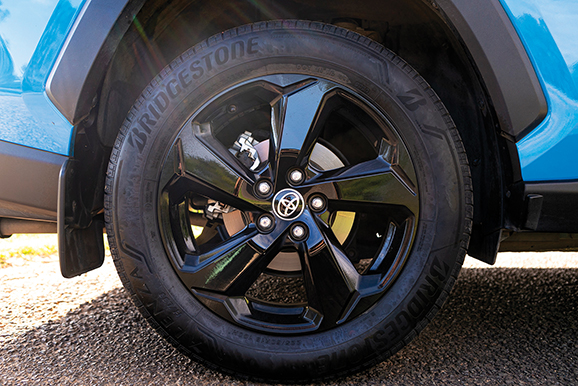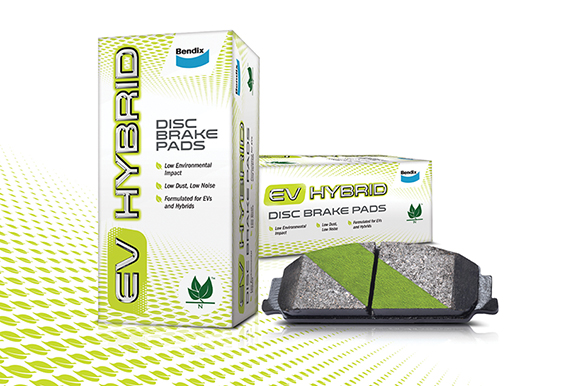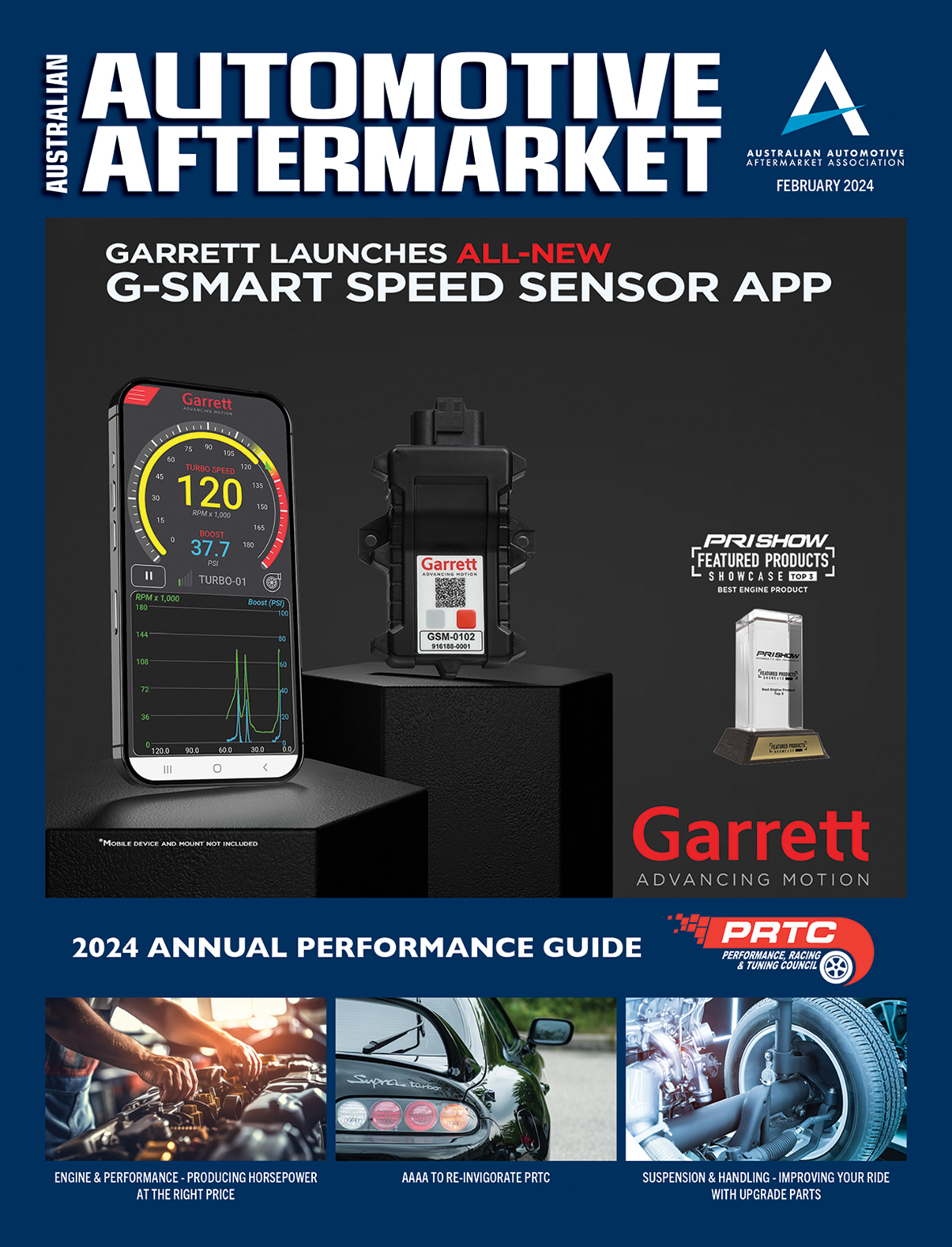BENDIX EXPLAINS REGENERATIVE BRAKING
Regenerative braking is a feature of hybrid-electric and full electric vehicles

Regenerative braking aims to capture energy as the vehicle slows or brakes.
In a traditional car, van or truck, when the brakes are applied the energy of motion (kinetic energy) is transformed into heat energy via friction, and ultimately dissipates into the atmosphere – it is wasted energy.
Regenerative braking systems can harness some of this lost energy, by capturing and storing it in the vehicle’s battery system, adding charge and ultimately extending its operating range.
The secret to capturing the energy lies in the electric engine. Electric and hybrid electric engines (when running on electric power) are designed to run in two directions.
One direction drives the wheels and moves the vehicle when accelerating, but once the accelerator is lifted or brakes applied, the engine will spin in the opposite direction and recapture energy.
In vehicles with regenerative braking, this transition from accelerating to accelerator lift off is quite noticeable, because once the accelerator is de-pressed, the vehicle will slow down much faster compared to a conventional vehicle.
Most modern electric vehicles allow the driver to adjust the resistance of this function to suit their preference, but to gain the most from the system you need to keep a high regeneration setting rather than allowing more roll-on.
This sensation of the vehicle virtually self-braking can take a little while to get used to, but with practice drivers will find that they will need to rely on their hydraulic brakes a lot less, reducing disc rotor and pad wear and tear.
Yes, hybrid-electric and full electric vehicles still do have conventional hydraulic braking systems, allowing the vehicles to stop much faster if required.
Brake pedal and ABS pressure sensors also come into play when the brake pedal is applied, with standard braking and regenerative braking working in tandem to bring the vehicle to a halt if the driving situation requires it.
Bendix EV-Hybrid Disc Brake Pads
While electric and hybrid vehicles don’t require special brake pads, Bendix says it identified that owners of these cars were more likely to be environmentally conscious about all operational aspects of their vehicle, not just their power source. This prompted the development and release of the Bendix EV-Hybrid brake pad range last year.
The EV-Hybrid range is locally designed in Australia using organic materials to deliver a lower environmental impact along with low dust and noise levels, resulting in cleaner wheels and longer disc brake rotor life.
The copper-free organic brake friction materials used in Bendix EV-Hybrid disc brake pads are certified to the Automotive Aftermarket Suppliers’ Association (AASA) ‘N’ rating. This rating confirms Bendix EV-Hybrid disc brake pads contain less than 0.5 percent of copper by weight and permits Bendix to use the AASA LeafMark ‘N’ icon.
Certification as ‘N’ rated under the AASA LeafMark backs Bendix’s commitment to copper-free brake pads, to minimise environmental impact.
The AASA LeafMark for friction materials represents one of the most stringent environmental standards for brake materials and the Bendix EV-Hybrid material has been tested and accredited by an independent lab and certified to meet this high standard.
Bendix EV-Hybrid disc brake pads are available for popular EV and Hybrid brands including Toyota, Lexus, Honda and Mitsubishi.
For more information, free call the Bendix Brake Advice Centre on 1800 819 666 or +61 3 5327 0211 from overseas (8am-5pm Monday to Friday EST), e-mail brakeadvicecentre@bendix.com.au or visit www.bendix.com.au










